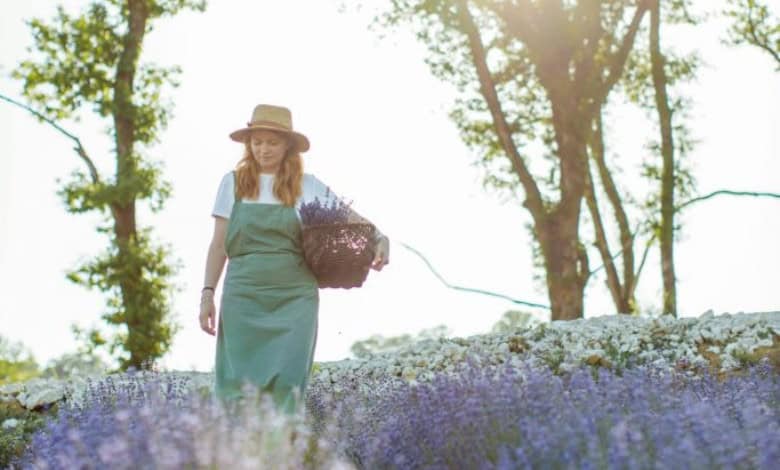Entertainment
Plant slim, bespaar water

Not sure how to determine if a plant is waterwise or not? Look out for the following:
• Small or needle-like leaves
The smaller the surface of the leaf, the less water is lost due to evaporation. Examples include heathers, acacias, rosemary, oregano, and thyme.
• Reduced number of leaves/closing leaves
Some plants separate leaves or fold their leaves in half to reduce moisture loss. These plants close their leaves to decrease the amount of leaf exposed to direct sunlight. Examples include Karee tree, acacia, and buffalo thorn.
• Grey leaves
The color grey reflects the sun’s rays away from the plant, keeping the plant cooler and reducing moisture loss. Example: lavender and gazania.
• Hairy leaves
The function of hairs on leaves is to reduce air movement along the leaves and thus decrease water loss. Example: silver tree and yellow sage.
• Leaves that are lighter underneath
When these plants experience water stress, they turn the lighter side of their leaves upwards to reflect the sun. Example: wild olive trees.
Ander idees vir waterbesparing
• Watertenks
If you have the space, install a tank to capture rainwater, connect a greywater system to your bath and shower. Water only on calm, wind-free mornings to reduce evaporation and ensure direct water to the plant roots.
• Group plants
Group plants with similar water needs together. Create an area where all plants have similar water needs so that you can use water more efficiently.
• Mulch
Mulch regularly to reduce water evaporation and prevent weeds and moderate soil temperatures. For best results, use a 2 to 3-inch mulch in plant beds as well as around trees and shrubs.
• Preserve lawns
Plant drought-resistant grasses such as Bermuda and buffalo grass, which use 20% less water than other types.
• Local is lekker
Indigenous plants that are well established are the better choice for your landscape because they do not require much water. They are also generally resistant to pests and diseases in the environment and do not require much fertilizer.
For more information on waterwise plants, visit your nearest nursery.















